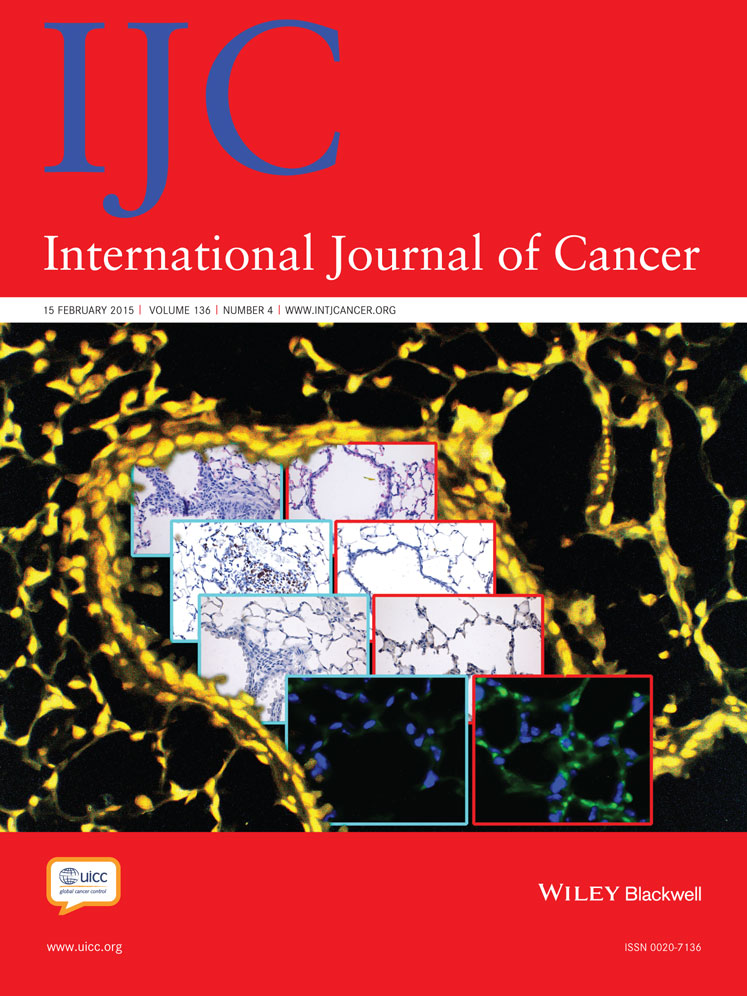RIST: A potent new combination therapy for glioblastoma
Abstract
Glioblastoma is a highly aggressive, common brain tumor with poor prognosis. Therefore, this study examines a new therapeutic approach targeting oncogenic and survival pathways combined with common chemotherapeutics. The RIST (rapamycin, irinotecan, sunitinib, temozolomide) and the variant aRIST (alternative to rapamycin, GDC-0941) therapy delineate growth inhibiting effects in established glioblastoma cell lines and primary cultured patient material. These combinations significantly decreased cell numbers and viability compared to inhibitors and chemotherapeutics alone with aRIST being superior to RIST. Notably, RIST/aRIST appeared to be apoptogenic evoked by reduction of anti-apoptotic protein levels of XIAP and BCL-2, with concomitant up-regulation of pro-apoptotic protein levels of p53 and BAX. The treatment success of RIST therapy was confirmed in an orthotopic mouse model. This combination treatment revealed significantly prolonged survival time and drastically reduced the tumor burden by acting anti-proliferative and pro-apoptotic. Surprisingly, in vivo, aRIST only marginally extended survival time with tumor volumes comparable to controls. We found that aRIST down-regulates the microvessel density suggesting an insufficient distribution of chemotherapy. Further, alterations in different molecular modes of action in vivo than in vitro suggest, that in vivo RIST therapy may mimic the superior aRIST protocol's pro-apoptotic inhibition of pAKT in vitro. Of note, all substances were administered in therapeutically relevant low doses with no adverse side effects observed. We also provide evidence of the potential benefits of the RIST therapy in a clinical setting. Our data indicates RIST therapy as a novel treatment strategy for glioblastoma achieving significant anti-tumorigenic activity avoiding high-dose chemotherapy.
Abstract
What's New?
If you get glioblastoma, there aren't too many effective treatment options available. This study hopes to change that with a new combination therapy, called RIST (for rapamycin, irinotecan, sunitinib, temozolomide). Both rapamycin and sunitinib hamper survival of cancer cells in culture, but did not pan out in clinical application; combined, they may be able to overcome the cancer's natural robustness. Paired with the chemotherapeutic agents, irinotecan and temozolomide, the new combo successfully increased survival time in mice and reduced tumor growth by slowing cell division and spurring apoptosis. These results suggest RIST may be a promising treatment for brain tumors.




